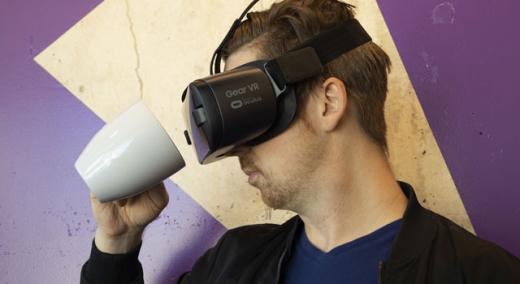Not long ago, we had a client inquire about virtual reality (VR) and quality training. VR and its close relative, augmented reality (AR), are hot technologies right now, not just in entertainment, but also in industry, including their use in training. So it’s no surprise that clients inquire about them. However, as with any technology, you must pick the right tool for the right job, and VR and AR are not always the right choice.
|
ADVERTISEMENT |
VR explained
VR is a technology that allows a person to feel immersed in a 3D virtual world. This is usually achieved using a headset with a separate display for each eye. Unlike a single-screen view of a 3D scene, the slight parallax in views for each eye gives the viewer an immersive, 3D effect. Headsets range from $10 for Google Cardboard with your mobile phone, to well over $1,000 for self-contained headsets.
Movement of the headset wearer’s head is detected by the accelerometer and/or gyroscope in the mobile phone (Google Cardboard) or the proprietary headset. This movement is then used to adjust the view of the two cameras, one for each eye, in the 3D virtual scene. As you move your head, the scene moves.
…

Add new comment